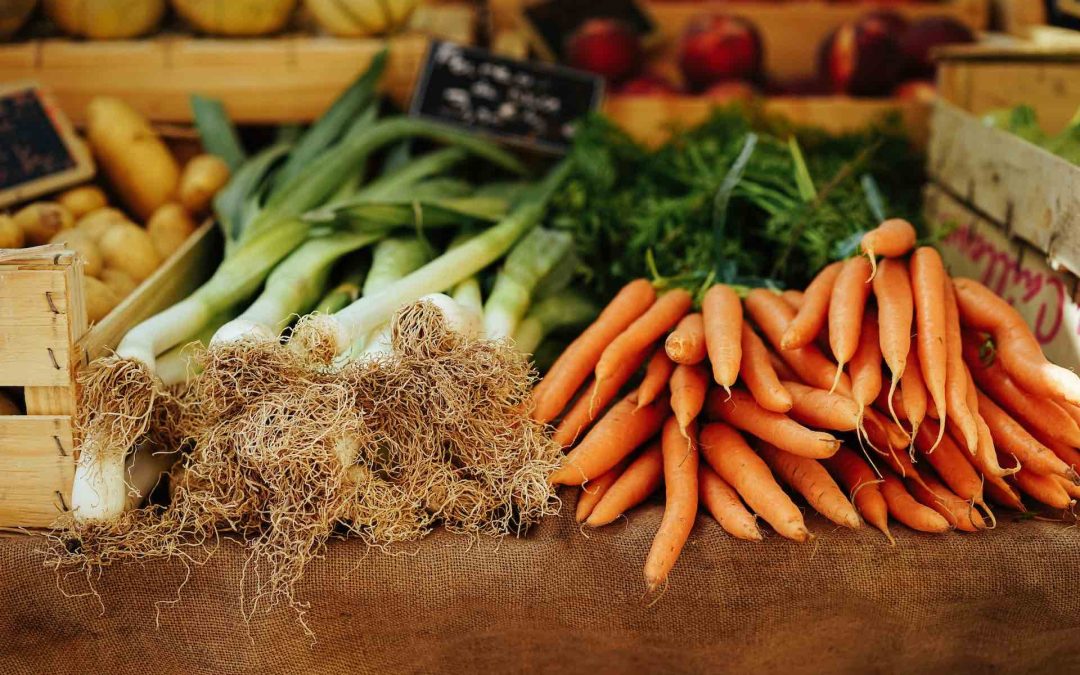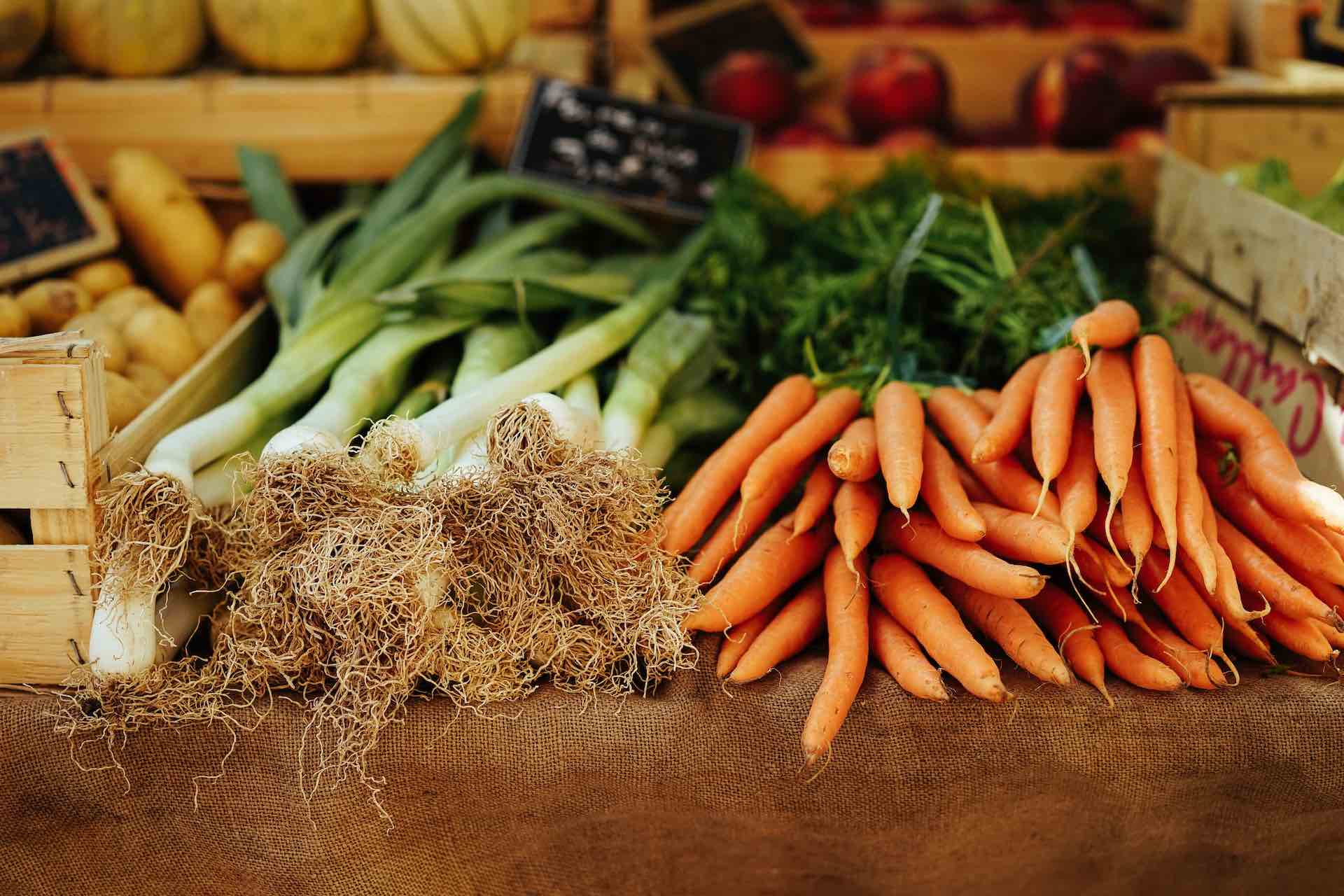No Results Found
The page you requested could not be found. Try refining your search, or use the navigation above to locate the post.

By Director – Josh Ball · · 4 min read
Eating seasonal produce is a great way to enjoy fresh, nutritious food while supporting local farmers. As the seasons change, so do the crops that are available to us. Eating produce that is in season has many benefits for our health and well-being.

Seasonal produce is harvested at its peak, which means it tends to be more nutrient-dense than produce that is harvested out of season. When produce is grown out of season, it is often grown in artificial or hydroponic conditions. This can affect nutrient content. Seasonal produce, on the other hand, is grown more naturally and is packed with vitamins, minerals, and antioxidants.
Eating seasonal produce can also help to support the body’s natural cleansing processes. In the winter, our bodies require more warming foods like root vegetables, which can help to support the immune system and keep us healthy. In the summer, we require more cooling foods like fruits and leafy greens to help us stay hydrated and cool.

Eating seasonal produce not only benefits your health but also has a positive impact on the environment. By eating produce that is grown locally and in-season, you support local farmers and reduce the carbon footprint associated with the transportation of imported produce. But what are the negative impacts of eating produce that is out of season, and why should you try to avoid it?
Firstly, produce that is out of season is often imported from other countries where it is in season. This means it has to travel long distances to reach your plate, resulting in increased food miles and carbon emissions from transportation. The big supermarkets often import garlic from Mexico, oranges from the US and asparagus from Peru. The longer the distance that the produce has to travel, the higher the environmental impact, and the greater the likelihood that the produce will spoil or be damaged during transit.
Secondly, produce that is grown out of season often requires additional resources to grow, such as artificial lighting and heating. This results in a higher energy cost and carbon footprint associated with its production. For example, growing tomatoes out of season in a greenhouse requires the use of artificial light and heating, resulting in a higher environmental impact.

We believe moving with the seasons is critical to creating a more sustainable food system, and delivering the freshest, most tasty produce available.
Coming into winter, it is an exciting time as the seasons are moving and what is available is changing weekly.
Some things you might see in your box in the coming month:
By eating seasonal produce, you can enjoy a variety of fresh, nutritious foods that are packed with vitamins, minerals, and antioxidants. Seasonal eating can also help to support the body’s natural cleansing processes and keep us healthy throughout the year.
At Farmers Pick, we are committed to bringing you the best seasonal produce that is grown locally and sustainably.
The page you requested could not be found. Try refining your search, or use the navigation above to locate the post.

By Director – Josh Ball · · 4 min read
In recent years, the popularity of plant-based milk alternatives has soared, with one option emerging as a true champion of sustainability and nutrition: Oat milk.
Australians renowned for our love of coffee and environmentally conscious lifestyle, have quickly embraced oat milk as a sustainable and healthful choice.
Let’s delve into why oat milk stands out as the most sustainable option and explore its numerous benefits for both individuals and the planet.

Oat milk takes the lead when it comes to sustainability for the following reasons:
Lower Carbon Footprint
Oats require significantly less water compared to other milk alternatives like almond or soy, and uses 60% less energy than cows milk. Growing oats demands just one-third of the water needed for almond cultivation, making oat milk a more water-efficient option.
Reduced Land Use
Unlike dairy farming, oat milk production doesn’t involve grazing land or animal rearing. By choosing oat milk, Australians can help preserve natural habitats, protect biodiversity, and reduce deforestation caused by the expansion of farmland.
Lower Greenhouse Gas Emissions
Oats are considered a low-emission crop, contributing to lower greenhouse gas emissions than dairy farming or other milk alternatives. In comparison to cow’s milk, the production of oat milk leads to 80% less greenhouse gas emissions. By opting for oat milk, we can actively combat climate change.

Beyond its positive environmental impact, oat milk offers an array of health benefits including:
Nutrient-Rich Profile
Oat milk is a rich source of essential vitamins and minerals, including calcium, iron, and vitamin D. It is often fortified with additional nutrients, making it a viable alternative for those following a plant-based or lactose-free diet.
Heart-Healthy
Oat milk contains beta-glucan, a soluble fiber that can help reduce cholesterol levels and promote heart health. Its consumption has been associated with a decreased risk of cardiovascular diseases.
Digestive Wellness
The fiber content in oat milk aids in digestion and helps maintain a healthy gut. It can alleviate symptoms of digestive issues such as constipation and bloating.
Allergen-Free
Oat milk is naturally free from lactose, soy, and nuts, making it an excellent choice for individuals with food allergies or intolerances.

Oat milk’s mild, creamy flavor makes it a versatile option in various forms. It complements coffee, tea, cereals, and smoothies exceptionally well, providing a smooth texture and adding a hint of natural sweetness. The wide availability of oat milk in cafes and supermarkets is a plus!

So, the next time you reach for milk, consider oat milk – the delicious, nutritious, and environmentally friendly choice.
At Farmers Pick, our go-to oat milk is the delicious Minor Figures. We loved it so much, we decided to give you the option to add it to your weekly box!
The page you requested could not be found. Try refining your search, or use the navigation above to locate the post.


RECIPE OF THE WEEK

SHARE YOUR CREATION WITH US!